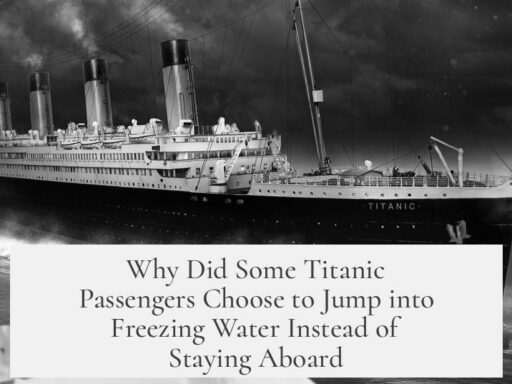The claim that a war-horse became useless after one cavalry charge because it was too spooked to control is largely inaccurate. Medieval knights did bring multiple horses on campaign, but this was not to replace horses after every charge. Warhorses were extremely valuable and built to endure repeated combat, not ‘one-use missiles.’
Medieval warfare relied heavily on cavalry charges. If warhorses were uncontrollable after a single charge, cavalry tactics would have been impractical. Such horses would be liabilities instead of assets. Historical records show that warhorses often fought in multiple charges during a single battle and remained effective throughout campaigns.
Knights typically brought several horses to a campaign—usually three per knight in late medieval English armies. However, only one was a warhorse trained for combat. The others included a riding horse for travel and a packhorse for carrying supplies. This arrangement helped manage fatigue, transport equipment, and ensured mobility without implying warhorses were discarded after one charge.
| Horse Type | Purpose |
|---|---|
| Warhorse (Destrier) | Combat, charges in battle |
| Riding Horse | Travel, patrols, non-combat movement |
| Packhorse | Carrying supplies and gear |
Warhorses were selectively bred, trained, and conditioned for battle. Contemporary manuals from medieval to early modern times discuss the ideal traits of warhorses, emphasizing calm temperament and obedience. These manuals do not suggest horses were “ruined” or uncontrollable after just one use. Instead, horses had to endure noise, chaos, and repeated charges while maintaining discipline.
Historical battles demonstrate multiple charges by cavalry units and repeated use of the same horses. For instance:
- At the Battle of Hastings (1066), Norman knights conducted several charges against the English shield wall within one combat session.
- At the Battle of Lewes (1264), Prince Edward launched and then re-engaged with subsequent cavalry charges.
- The Boer War’s Battle of Elandslaagte (1899) saw British cavalry execute three charges in quick succession.
- French knights at the Battle of the Golden Spurs (1302) also charged multiple times in one engagement.
If warhorses truly became useless after one charge, sustained cavalry tactics would have been impossible. Replacing horses after every use would require impractical logistical support and high costs, beyond medieval armies’ means.
Regarding cost, warhorses were among the most expensive military assets in the Middle Ages. A high-quality warhorse could cost more than a knight’s entire armor and weapons combined, and sometimes more than a wealthy knight’s annual income. Prices varied by region and era, but warhorses were a serious investment. They were prized animals, often insured or guarded carefully due to their cost.
While direct comparisons with modern house prices are difficult, such statements highlight the substantial economic and social value of warhorses. They were specialized animals requiring breeding, training, and upkeep, which added to their expense. This value contradicts the idea that they could be lightly discarded after one charge.
Modern practices with horses further disprove the idea that horses cannot endure multiple charges or stressful situations. Police horses today are trained for crowd control and charge into aggressive crowds without being retired after a single incident.
“Modern police horses are trained to charge into groups of people, and routinely do so. Police departments don’t retire their horses after a single use.”
In conclusion, historical, logistical, and practical evidence strongly opposes the claim that warhorses became useless after a single charge. The multiple horse allowance for knights involved different types of horses, not spare warhorses used sequentially in battle. Warhorses were expensive, highly valued, and capable of enduring multiple charges in combat.
Key takeaways:
- Warhorses did not become uncontrollable or useless after one charge.
- Knights brought multiple horses, but only one was a fighting warhorse; others served riding and logistical roles.
- Medieval warhorses were costly and valuable, often surpassing a knight’s annual income.
- Historical battles show repeated use of the same horses in multiple charges.
- Logistics and economics of cavalry warfare required durable warhorses, not one-use mounts.
- Modern parallels with police horses show horses can reliably face multiple stressful charges.


